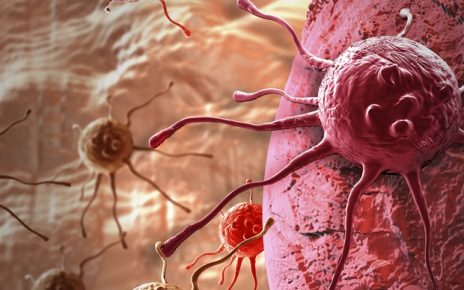
Carbon dioxide (CO2) is a byproduct of human metabolism and exists in high levels in exhaled air, and is therefore often used as a proxy for indoor air quality. The study “Ventilation Assessment by Carbon Dioxide Levels in Dental Treatment Rooms,” published in the Journal of Dental Research (JDR), evaluated CO2 levels in dental operatories and determined the accuracy of using CO2 levels to assess ventilation rate in dental clinics.
Researchers at the University of Rochester, Eastman Institute for Oral Health, N.Y., U.S., conducted CO2 concentration and ventilation rate assessments in 10 closed dental treatment rooms with varying air change rates by ventilation. Mechanical ventilation rate in air change per hour was measured with an air velocity sensor and air flow balancing hood.
The results showed that CO2 level in dental treatment rooms could be measured with a simple consumer-grade CO2 sensor, and that ventilation rate could be determined by either natural or experimental buildup of CO2 levels in dental settings. Assessing CO2 levels allows dental care professionals to conveniently and accurately calculate the ventilation rates in their offices and help them to devise effective strategies for ventilation improvement. They also demonstrated that ventilation rates in air change per hour could be accurately assessed by observing CO2 levels after a simple mixing of household baking soda and vinegar.
Source: Read Full Article



